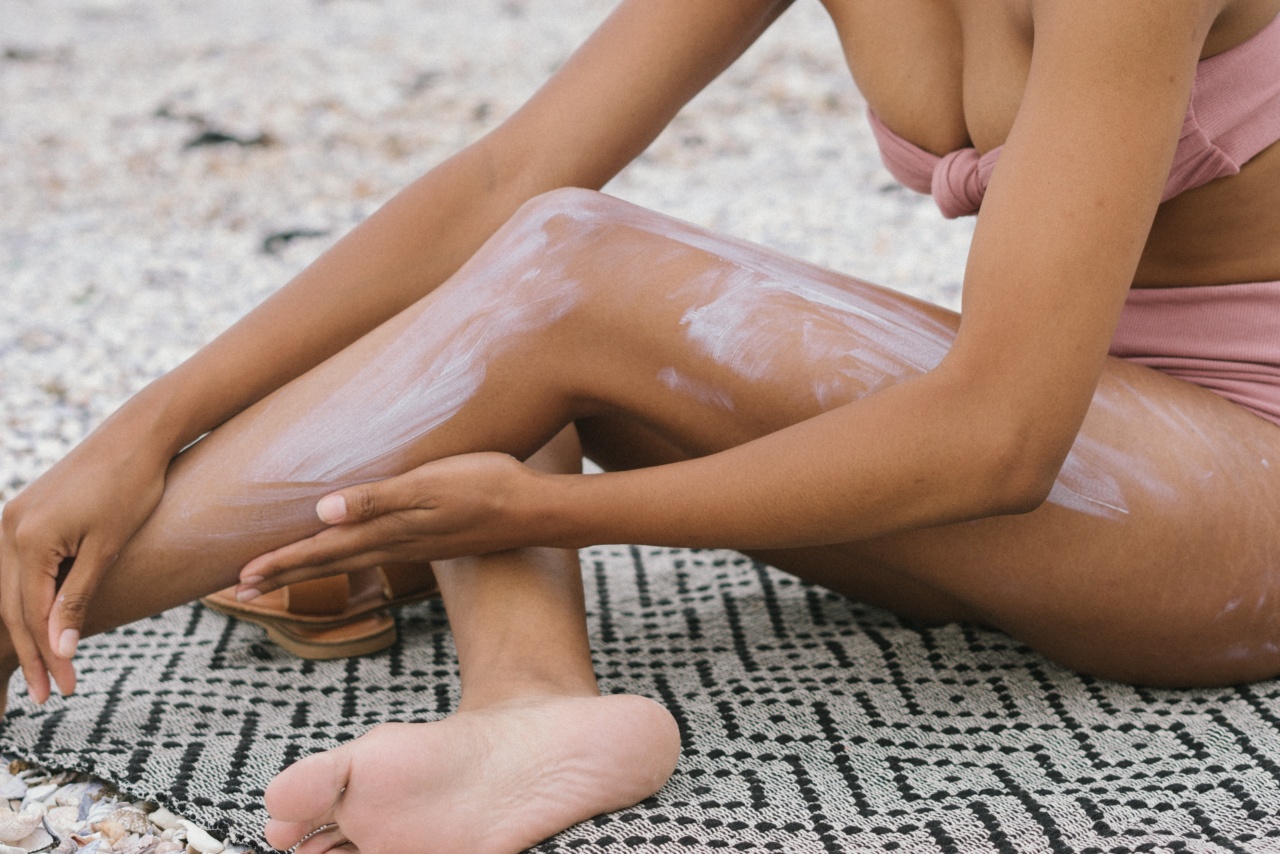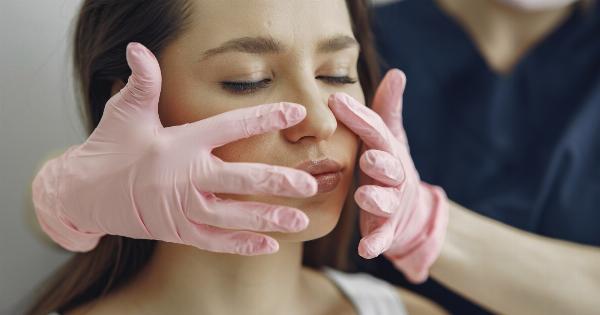Summer is a time filled with sun, fun, and outdoor activities. But while the warm weather brings a lot of joy, it can also wreak havoc on your skin.
With the increase in UV radiation, excessive sweating, and exposure to chlorine and saltwater, summer can cause significant damage to your skin. In this article, we will explore some of the common types of summer skin damage and provide you with tips on how to protect and heal your skin.
Sunburn
One of the most common types of skin damage during summers is sunburn. When you expose your skin to the sun for prolonged periods without proper protection, the UV rays can cause it to burn.
Sunburn not only causes immediate discomfort but can also lead to long-term damage and increase the risk of skin cancer.
Hyperpigmentation
Hyperpigmentation refers to the darkening of certain areas of the skin caused by an increase in melanin production. This condition can be triggered by excessive sun exposure, which stimulates the production of melanin cells.
Hyperpigmentation commonly affects areas such as the face, hands, and shoulders, and can make your skin appear uneven and blotchy.
Heat Rash
Heat rash is a common skin condition that occurs due to excessive sweating in hot and humid weather. When sweat ducts become clogged, it can result in small, itchy, and red bumps on the skin.
Heat rash typically appears on areas that are covered by clothing or where there is friction, such as the neck, back, and groin.
Dry and Dehydrated Skin
Summer can be extremely drying for your skin due to increased heat and sun exposure. The harsh sun rays strip the skin of its natural oils, leading to dry and dehydrated skin. Dry skin feels tight, rough, and may even start peeling.
Dehydrated skin lacks moisture, feels tight, and can result in fine lines and wrinkles.
Acne Breakouts
Acne breakouts can be more frequent during the summer months due to various factors. The combination of heat, sweat, and excess oil production can clog the pores and lead to the formation of pimples.
Additionally, the use of heavy sunscreens and certain skincare products can also contribute to acne flare-ups.
Prickly Heat
Prickly heat, also known as miliaria, is a common skin condition that occurs when sweat gets trapped under the skin. It typically manifests as tiny, itchy bumps, and can cause discomfort and irritation.
Prickly heat is often seen in areas where the skin folds or rubs together, such as the armpits, neck, and groin.
Chlorine and Saltwater Damage
During summer, swimming in pools or the ocean is a popular activity. However, exposure to chlorine in pools and saltwater in the ocean can damage your skin. Chlorine can strip away the natural oils from your skin, causing dryness and irritation.
Saltwater, on the other hand, can have a drying effect and may lead to rough and flaky skin.
Preventing and Treating Summer Skin Damage
Although summer skin damage is common, there are several preventive measures you can take to protect your skin from harm. Here are some tips:.
1. Apply Sunscreen
Make sunscreen an essential part of your daily skincare routine. Choose a broad-spectrum sunscreen with SPF 30 or higher, and apply it generously to all exposed areas of the skin.
Remember to reapply every two hours, especially if you are sweating or swimming.
2. Seek Shade
Avoid direct sun exposure during peak hours, typically from 10 am to 4 pm. Seek shade under umbrellas, trees, or wear protective clothing like wide-brimmed hats and sunglasses to reduce your skin’s exposure to harmful UV rays.
3. Wear Protective Clothing
Shield your skin by wearing lightweight, loose-fitting clothing that covers most of your body. Opt for long-sleeved shirts, long pants or skirts, and don’t forget to protect your feet with comfortable footwear.
4. Stay Hydrated
Keep your skin hydrated from within by drinking an adequate amount of water throughout the day. Staying hydrated helps maintain your skin’s elasticity and prevents it from becoming dry and dehydrated.
5. Use a Moisturizer
Combat dryness by using a good quality moisturizer formulated for your skin type. Look for products that contain hydrating ingredients such as hyaluronic acid, glycerin, or ceramides.
Apply moisturizer to damp skin immediately after showering to lock in moisture.
6. Take Cool Showers
Avoid hot showers and opt for cool or lukewarm water instead. Hot water can strip away the natural oils from your skin, leaving it dry and irritated. Cool showers help soothe the skin and can relieve symptoms of heat rash or prickly heat.
7. Exfoliate Regularly
Gently exfoliate your skin once or twice a week to remove dead skin cells and unclog pores. Use a mild exfoliator suitable for your skin type and avoid harsh scrubbing, as it can further damage your skin.
8. Cleanse Properly
Invest in a gentle cleanser that effectively removes sweat, oil, and dirt without drying out your skin. Makeup wearers should also make sure to remove all traces of makeup before going to bed to prevent clogged pores and breakouts.
9. Avoid Heavy Makeup
During summer, it is best to opt for lightweight or mineral-based makeup products that allow your skin to breathe. Avoid heavy foundation or oil-based cosmetics, as they can exacerbate sweat and clog your pores.
10. Treat Skin Damage Promptly
If you experience any summer skin damage, address it promptly to prevent further complications. Apply soothing moisturizers, use over-the-counter hydrocortisone creams for itchy rashes, or consult a dermatologist for specific treatments.
Conclusion
Summers can be tough on your skin, but with the right precautions and skincare routine, you can protect and heal your skin from damage. Remember to stay sun-safe, hydrate your body, and listen to your skin’s needs.
By taking care of your skin during the summer months, you can enjoy the season to its fullest without compromising your skin’s health.





























